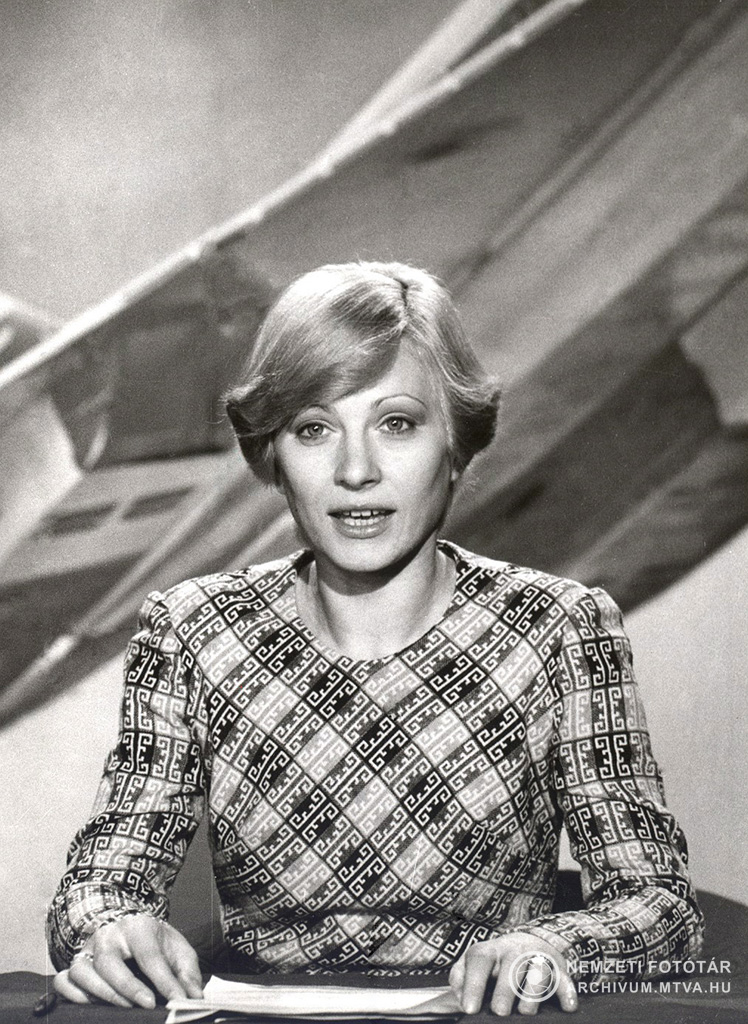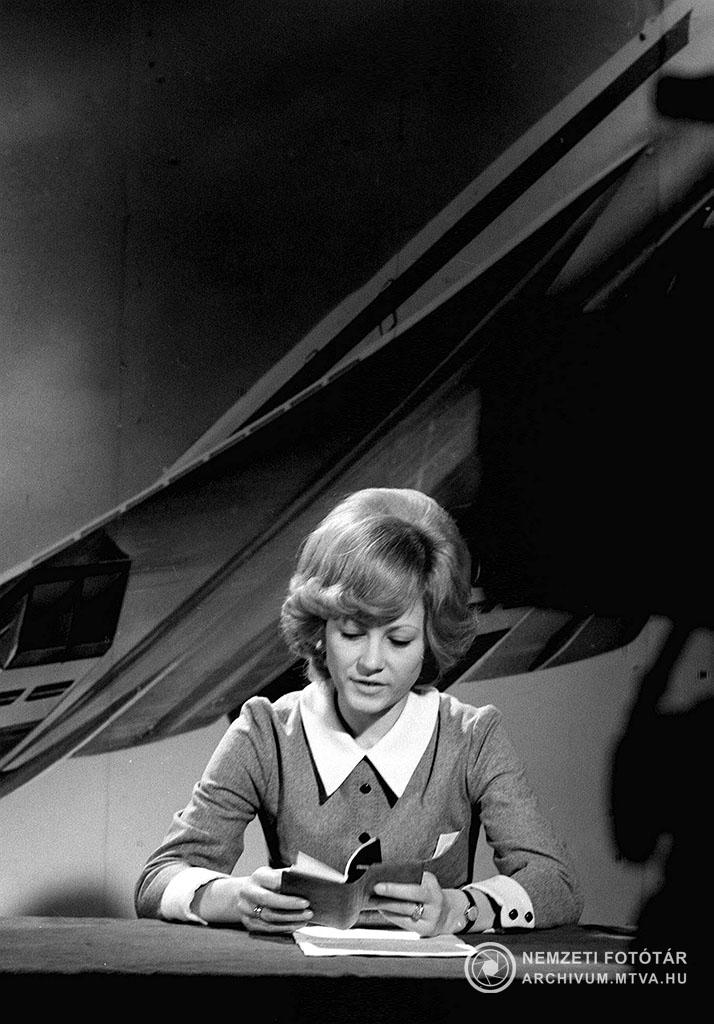On January 31, 1964, the most famous Hungarian scientific publication program was broadcast for the first time.
The basic concept of Delta since the very beginning of the show has been to present the latest scientific findings and technical achievements to the public. Initially, Judith Leonard hosted Delta for a short time.
(Photo: MTVA Archive)
Julia Kudlik has run the program since 1965, and the name Delta is nearly merged with her. Until 1996, it hosted the show for more than 30 years. Julia Kudlik has been the dominant character on Hungarian TV for more than forty years. In addition to Delta, it has hosted many dance song festivals and many folk music competitions. In the 1990s, he performed culinary genre and lifestyle shows in Hungary with Julie Solieval. He has also appeared in Cranky Seasons and other entertainment products, but he has also spearheaded public service offerings such as animal protection or owner search.

(Photo: National Portrait Gallery)
Delta’s title is also unforgettable, and it is sure to be remembered by many even today. It shows a British Delta bomber, a low-cloud MiG-19 aerial view of the Himalayas, explorers wading through the ice of Antarctica, and larvae, a volcanic eruption.
The music was composed in 1957 by Dutchman Tom Desphalt and Kid Paltan, The Song of the Second Moon. They were the pioneers of electronic music in the 1960s, and their songs mixed with special sound effects were truly revolutionary. In the video below, thanks to the MTVA archive, you can listen to the familiar tune with better sound quality than ever before.
Another major character in Delta was Tamas Farhelli, the editor-in-chief, who directed the program from 1967 to 1994.
Delta was one of the most watched programs on Hungarian TV. They have always tried to present the Hungarian results as well as the international developments.

From 1976, one of the first shows was Delta, and as of 2001 it was re-launched as Delta 2000. Finally, the show expired in 2012. In total, the series has seen over 1,500 broadcasts.
Today, people can watch countless international channels on TV. We can learn about scientific findings or the beauty of nature from countless sources. However, it is also important to put these in Hungarian reality, as well as showcase important local events to the public.
That is why it is so important that the Hungarian public media today have an independent cultural, educational and educational channel. M5, locally produced science programs and nature films play an important role in advancing science.
Cover photo: National Portrait Gallery / MTI / Péter Horváth













































